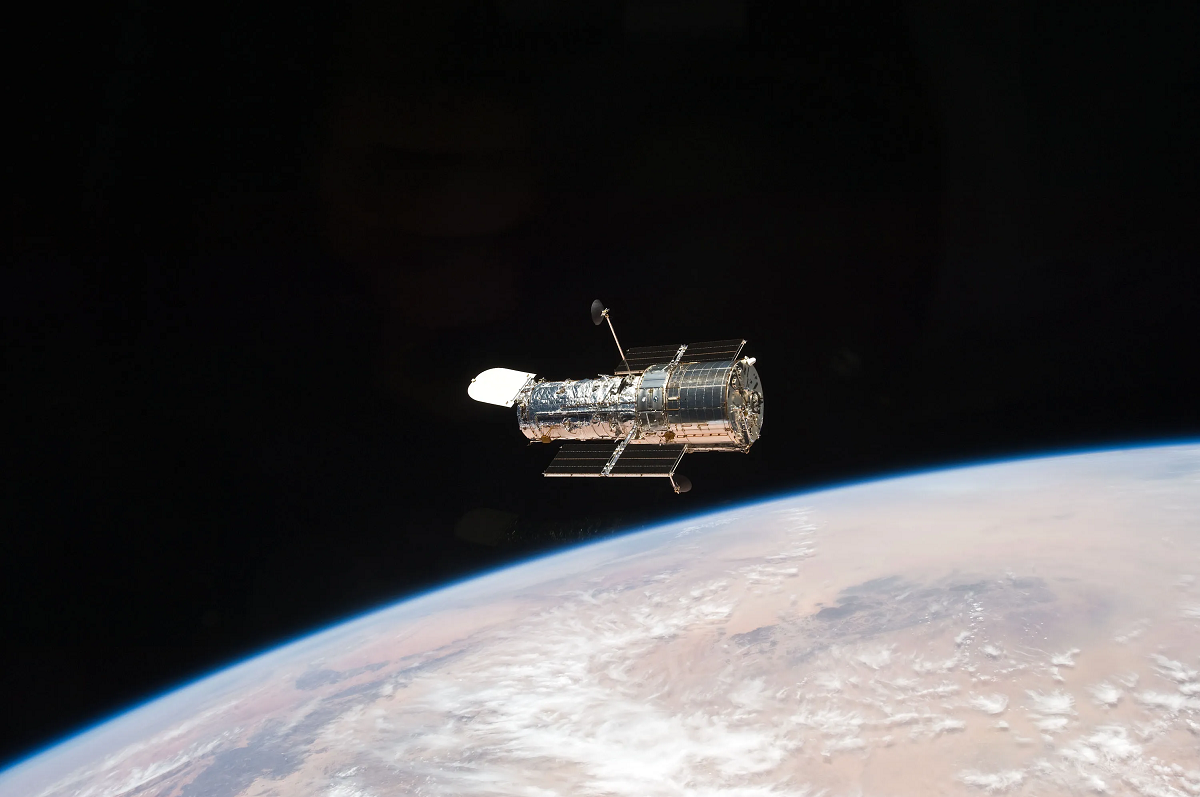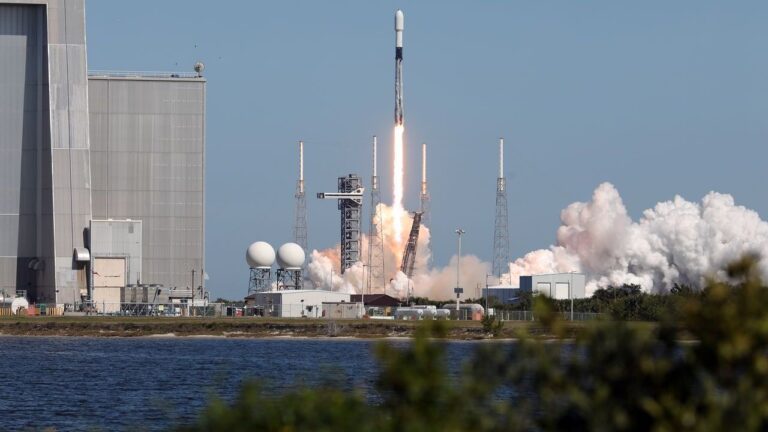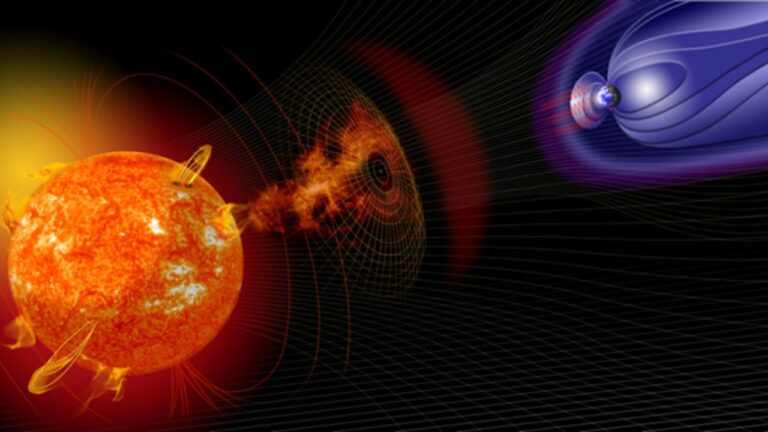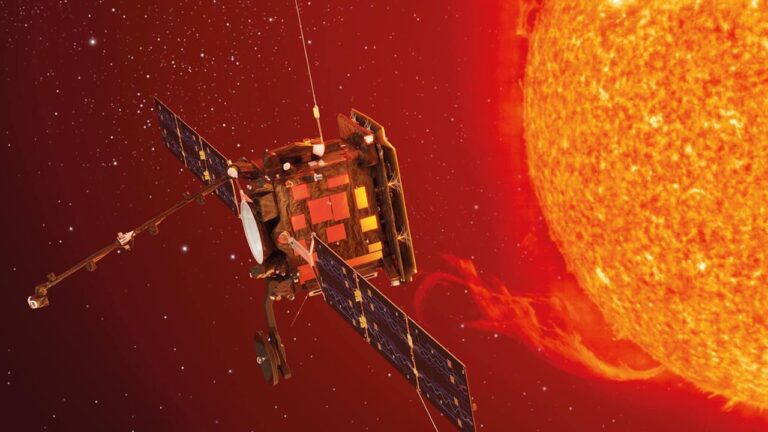
NASA has announced a significant shift in the operational strategy for the Hubble Space Telescope, aiming to extend its life by transitioning to a single-gyro mode. This decision follows the failure of one of the three remaining gyroscopes, which are critical for the telescope’s pointing capabilities.
Gyroscope Failure and Operational Changes
On June 4, NASA confirmed that one of Hubble’s gyroscopes had failed and could not be restored. This failure, occurring on May 24, had previously been managed through temporary fixes. Mark Clampin, director of NASA’s astrophysics division, stated, “After completing a series of tests and carefully considering our options, we have made the decision that we will transition Hubble to operate using only one of its three remaining gyros.”
The switch to single-gyro mode, expected to be implemented by mid-June, involves turning off one of the two remaining gyros to use as a backup. This strategy, planned over 20 years ago, aims to sustain Hubble’s operations into the 2030s.
Impact on Observations
Switching to a single-gyro mode will impact Hubble’s efficiency and flexibility. Patrick Crouse, Hubble’s project manager at the Goddard Space Flight Center, explained that observation scheduling will be less efficient, reducing the telescope’s weekly observation capacity from 85 orbits to 74, a 12% decrease. Additionally, Hubble will face larger exclusion zones near the sun, limiting its ability to observe moving objects closer than Mars, which account for about 1% of its recent observations.
A 2016 study by the Space Telescope Science Institute projected a 25% decrease in Hubble’s overall scientific productivity in single-gyro mode. Despite this, Clampin emphasized that Hubble remains capable of performing valuable science.
Ensuring Longevity
NASA is optimistic that the single-gyro mode will allow Hubble to continue functioning into the mid-2030s. The two remaining gyros, installed during the final shuttle servicing mission in 2009, are “enhanced” and designed to last significantly longer than standard gyros. One has operated for 142,000 hours, while the other has nearly 90,000 hours, both performing reliably.
An engineering analysis concluded a 70% likelihood that Hubble will have at least one working gyro through the mid-2030s. “We do not see Hubble as being on its last legs,” Crouse stated.
NASA’s Cost-Saving Review
The transition to single-gyro operations aligns with NASA’s broader efforts to reduce operational costs for both Hubble and the Chandra X-ray Observatory. An Operations Paradigm Change Review, initiated in March, aims to identify potential cost savings. This review, which does not appear to be impacted by the gyro change, is being analyzed, with updates expected later this summer.
Private Servicing Mission Deferred
Talks of a private mission to service and reboost Hubble have been shelved for now. In September 2022, NASA signed an agreement with SpaceX to explore a reboost mission using a Crew Dragon spacecraft, which included potential repairs. However, Clampin revealed that NASA would not pursue a commercial servicing mission at this time due to risks and technical challenges.
“Our position right now is that, after exploring the current commercial capabilities, we are not going to pursue a reboost right now,” Clampin said, citing concerns about potential damage to Hubble, such as contamination from thruster plumes. The study with SpaceX did not make a definitive recommendation, only exploring conceptual upgrades without detailed technical plans.
While NASA is stepping back from immediate private servicing, it remains open to reconsidering such missions in the future. “While the reboost is an option for the future, we think we need to do some additional work to determine whether the long-term science return will outweigh the short-term science risk,” Clampin concluded.
As NASA adapts to ensure Hubble’s continued contributions to science, the iconic telescope remains poised to explore the universe, albeit with new operational constraints.






